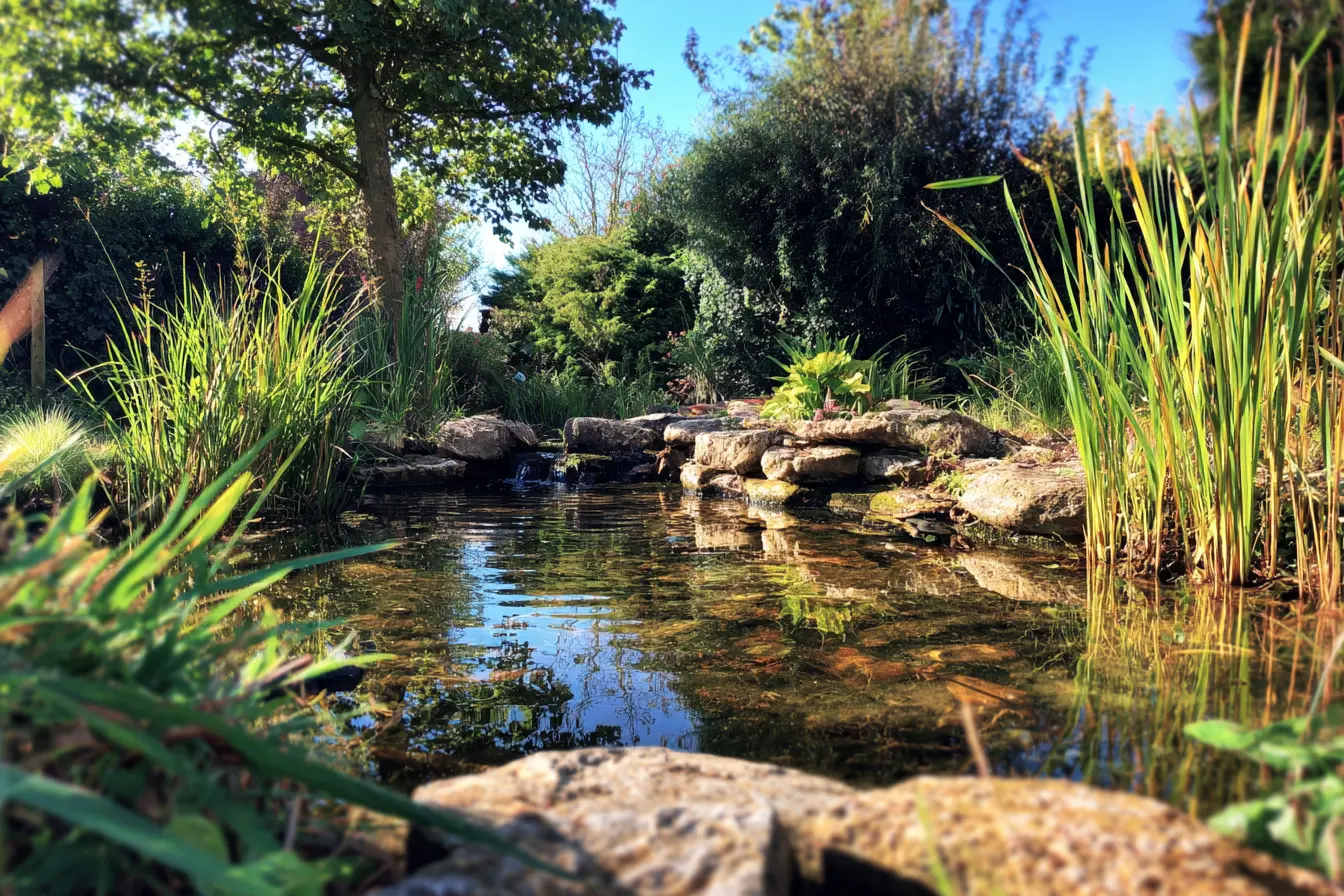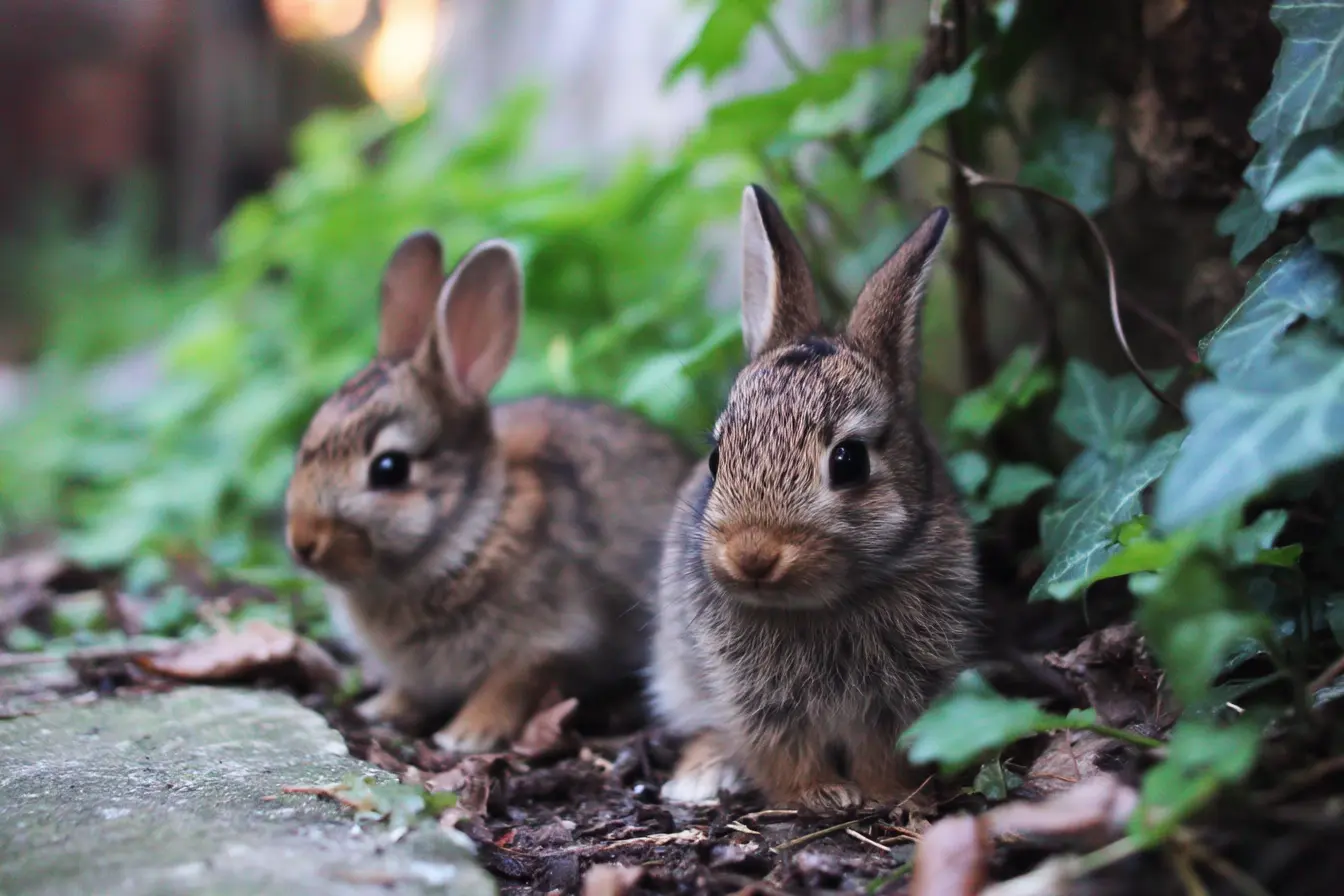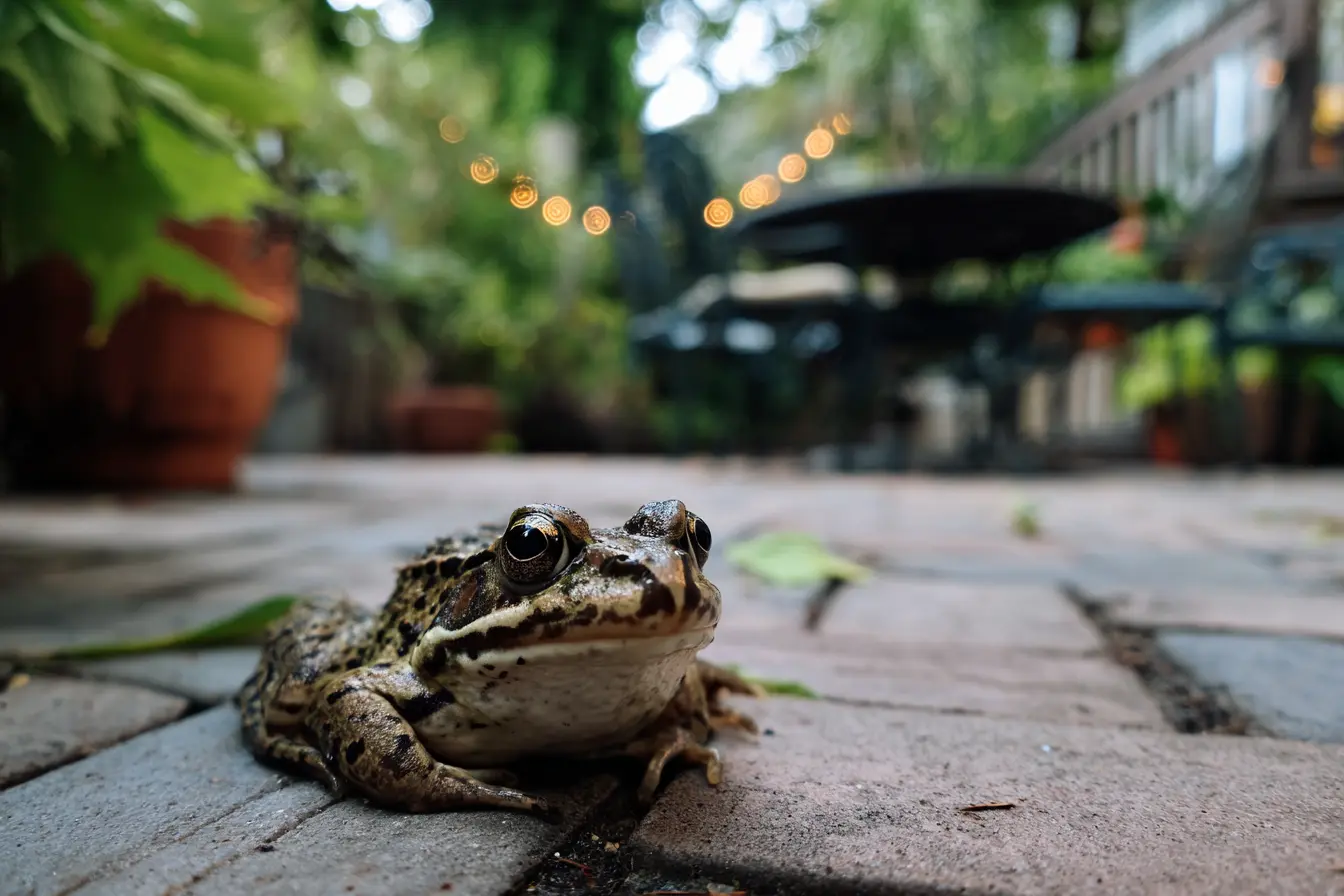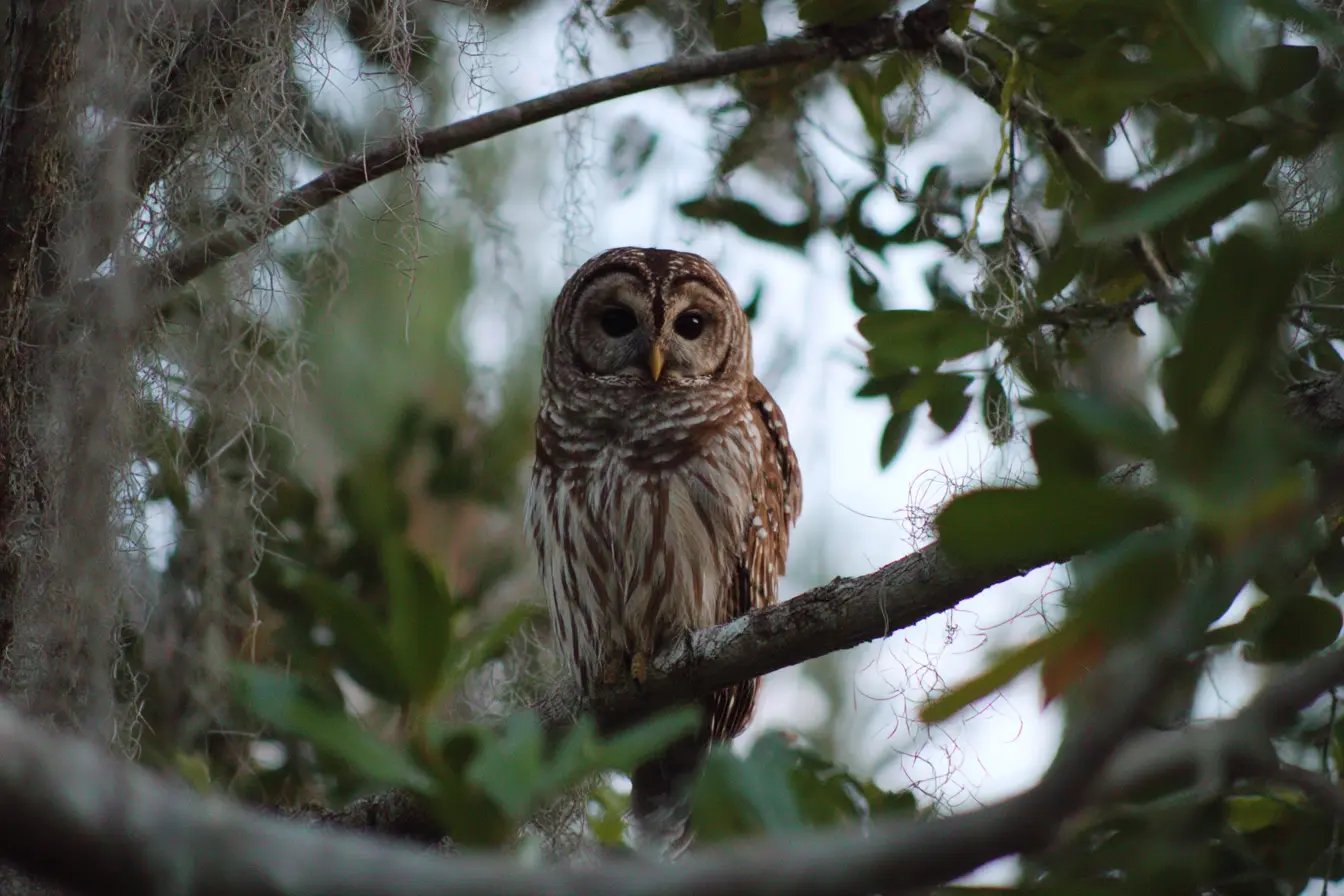
How to Set Up a Wildlife Pond in Your Back Garden
Creating a wildlife pond is one of the most rewarding things you can do for nature in your back garden. Ponds attract frogs, newts, birds, dragonflies, and countless invertebrates, making your garden a thriving hub of biodiversity. The best part? Wildlife ponds are easy to maintain and require no high-tech equipment.
This comprehensive guide covers everything you need to know to plan, build, plant, and care for your very own wildlife pond.
Why Build a Wildlife Pond?
Unlike ornamental fish ponds, wildlife ponds focus on creating a natural ecosystem rather than aesthetics or fishkeeping. Benefits include:
- Supporting local wildlife populations
- Encouraging natural pest control
- Providing an educational experience for children and adults
- Enhancing the beauty and ecological value of your garden
Planning Your Pond
Choosing the Right Location
The location of your wildlife pond is critical to its success. Aim for:
- Partial sunlight: Around 4–6 hours of sunlight per day is ideal. Too much shade can limit plant growth; too much sun can lead to overheating.
- Sheltered position: Avoid exposed areas where strong winds could disturb the water.
- Away from trees: Falling leaves can lead to a build-up of organic matter and algae.
Pond Size and Shape
- Size: Any size will benefit wildlife, but larger ponds tend to support more species.
- Depth: Include a range of depths. The deepest point should be around 50–60 cm to prevent freezing solid in winter.
- Sloped edges: Gradual slopes allow easy access for frogs, hedgehogs, and birds.
Safety Considerations
If you have young children, consider incorporating shallow edges, raised margins, or installing a safety grille below the surface.
Tools and Materials You’ll Need
- Pond liner (butyl or PVC)
- Protective underlay (old carpet or sand can work)
- Spade or mini-digger for digging
- Wheelbarrow
- Edging stones or turf
- Aquatic plants (native species recommended)
- Rainwater (preferred over tap water)
Building the Pond
Marking Out the Shape
Use a rope or garden hose to mark your desired pond shape. Wildlife ponds often look best when they have an irregular, natural form rather than perfect circles or rectangles.
Digging and Shaping
Dig to your required depth, incorporating ledges and sloped banks. Create a variety of zones:
- Shallow margins: 0–15 cm for marginal plants
- Deeper zones: 40–60 cm for overwintering amphibians
- Shelf areas: for potted aquatic plants
Installing the Liner
- Lay a layer of underlay to protect the liner from sharp stones or roots.
- Place the pond liner over the hole and press it into the contours.
- Fill the pond gradually with rainwater, adjusting the liner as it settles.
- Trim and secure the liner with rocks, turf, or native plants.
Filling with Water
Use rainwater wherever possible. Tap water contains chemicals that can harm aquatic life. If using tap water, allow it to sit for several days before introducing plants.
Planting the Pond
Plants are vital for oxygenation, shelter, and balancing the ecosystem. Use native species where possible.
Plant Zones
- Marginal zone (edges): Water mint, marsh marigold, purple loosestrife
- Floating plants: Frogbit, duckweed, water soldier
- Submerged oxygenators: Hornwort, curled pondweed
- Bog garden (surrounding the pond): Meadowsweet, yellow flag iris, ragged robin
Avoid invasive non-native species like Canadian pondweed and parrot’s feather.
Planting Tips
- Use aquatic baskets or plant directly into gravel pockets on ledges.
- Avoid using soil that contains fertiliser, which can cause algae blooms.
- Don’t overplant – wildlife needs open water as well as vegetation.
Attracting Wildlife
It may take weeks or months, but wildlife will find your pond naturally.
- Frogs and newts will arrive on their own if suitable habitat is nearby.
- Dragonflies and damselflies are drawn to still water for breeding.
- Birds and hedgehogs will visit to drink and bathe.
Provide nearby shelter such as log piles, rocks, and native planting to encourage more visitors.
Pond Maintenance
Wildlife ponds require minimal intervention if well-balanced.
- Remove fallen leaves in autumn to prevent decay and nutrient build-up.
- Control blanketweed by removing it manually or using barley straw.
- Top up with rainwater during dry periods.
- Avoid cleaning too often: Too much disturbance can disrupt the pond's ecosystem.
In winter, don’t smash the ice — place a ball or pan of warm water to create an air hole for gas exchange.
What Not to Do
- Don’t introduce fish: Fish eat larvae, spawn, and insects — reducing biodiversity.
- Don’t add chemicals or tap water conditioners.
- Don’t move amphibians or plants from the wild: Let them come naturally or purchase from reputable sources.
Enhancing the Habitat
Consider these additional features:
- Bog garden: A damp area next to the pond is excellent for insects and amphibians.
- Dead wood piles: Great for beetles and as frog shelters.
- Wildflower borders: Attract pollinators and create a natural look.
Final Thoughts
A wildlife pond is a beautiful, low-maintenance addition to your garden that helps support UK biodiversity. With thoughtful planning and a focus on native species, you can create a peaceful oasis that benefits both you and the creatures that call it home.
Put the spade in the ground, and before long, your garden could be alive with the hum of dragonflies, the splash of frogs, and the buzz of life.
Related Vets
Vets near you
Speciality vets
- Aquatics vet specialists
- Birds vet specialists
- Camelids vet specialists
- Cats vet specialists
- Cattle vet specialists
- Deer vet specialists
- Dogs vet specialists
- Equines vet specialists
- Exotic vet specialists
- Goats vet specialists
- Pigs vet specialists
- Poultry vet specialists
- Sheep vet specialists
- Small Mammals vet specialists
- Wild vet specialists











